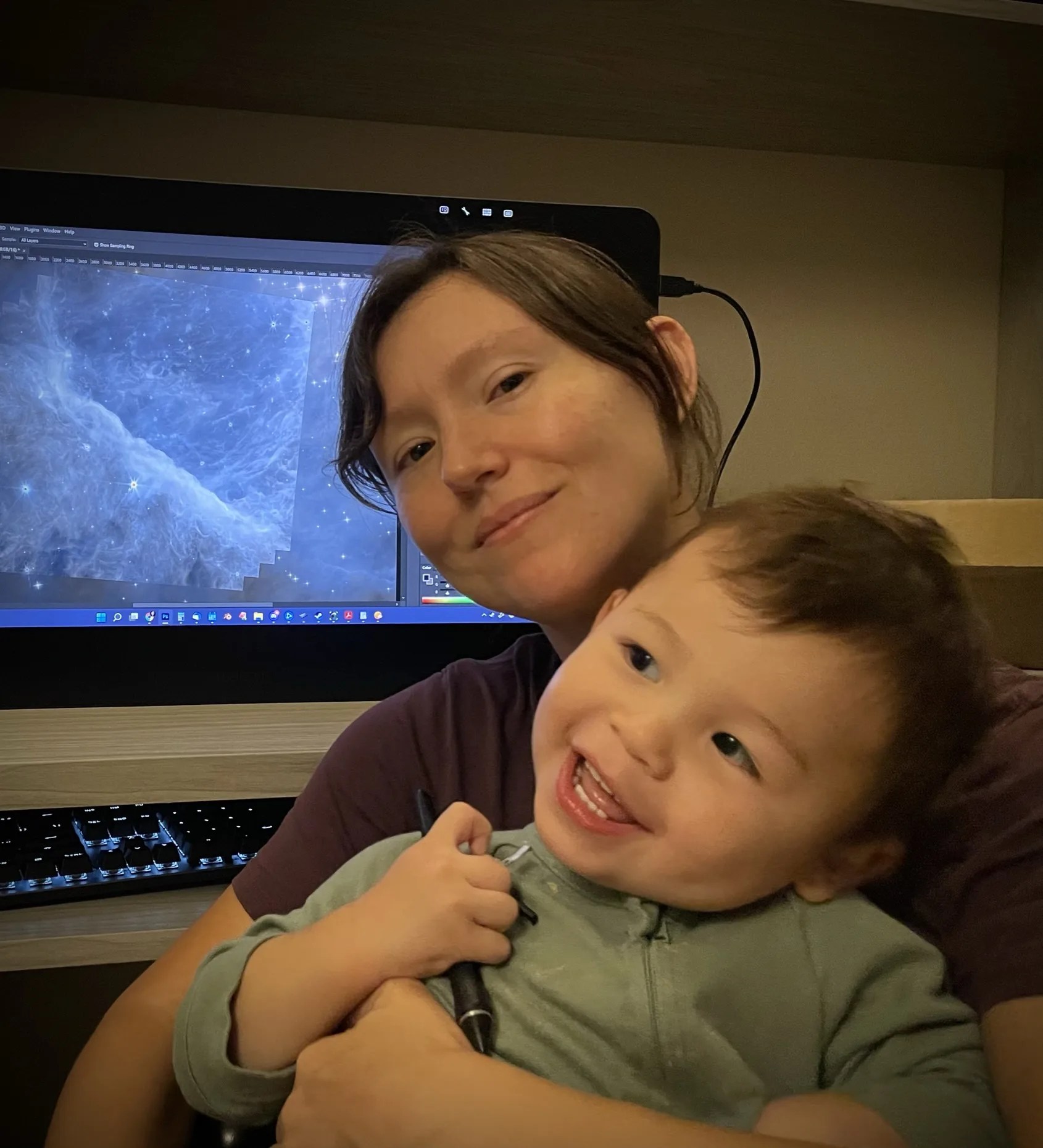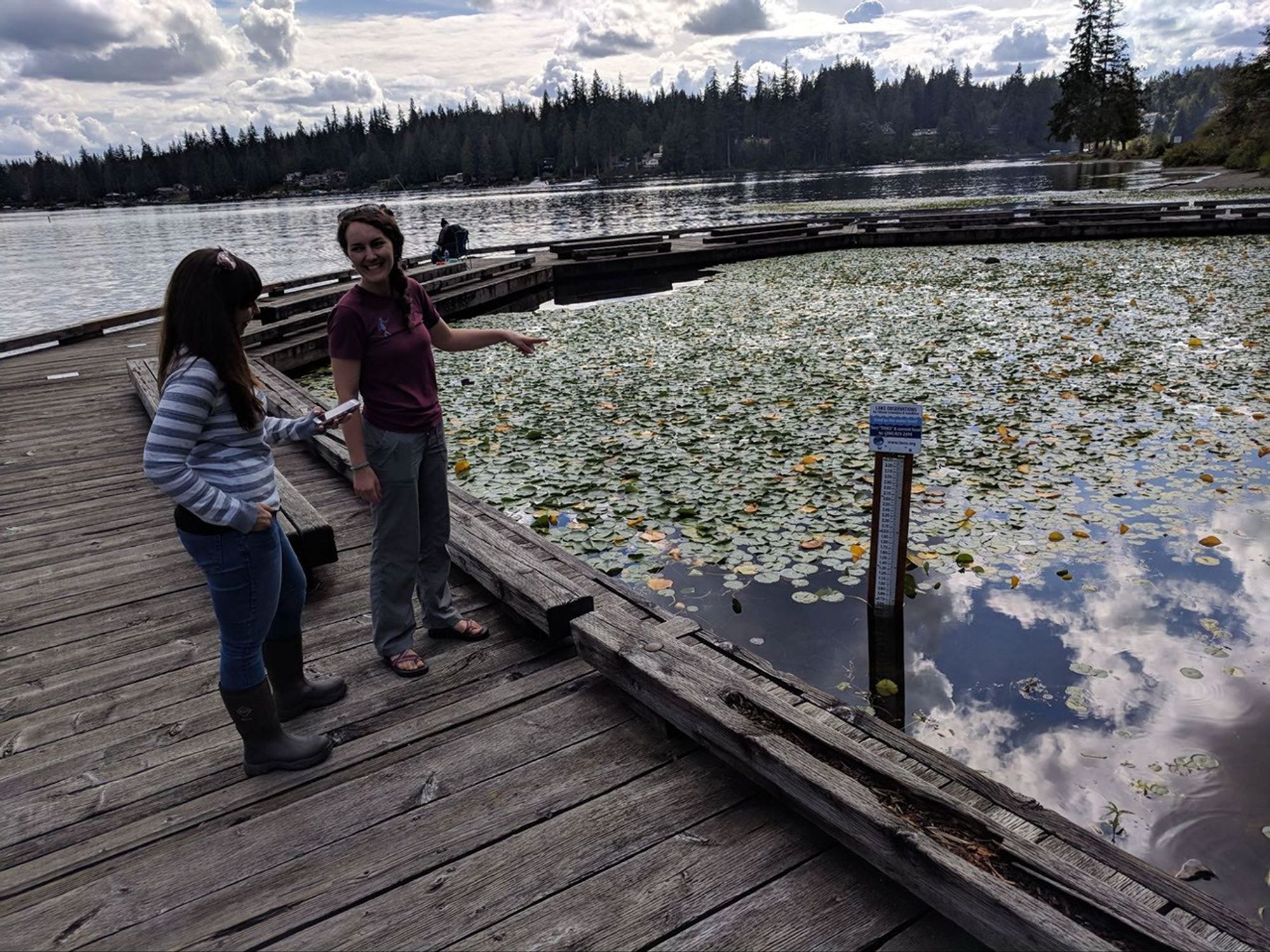If you’ve been following the James Webb Space Telescope, there’s a decent chance you’ve already been admiring the spectacular images processed by NASA citizen scientist Judy Schmidt.
Her images of space objects like Jupiter, the Phantom Galaxy (M74), and the Cartwheel Galaxy have recently appeared in stories on CNN, Forbes, and Universe Today to name just a few.
Judy started her NASA citizen science journey as a Duster, searching for interstellar dust grains at Stardust@Home. Later, she searched for nearby stars surrounded by disks of gas and dust with Disk Detective. She’s classified galaxies, combed through pictures of insects on Zooniverse, and tried several other citizen science projects. “It’s really cool to be able to feel like we’re able to participate in science,” she told NASA’s Citizen Science Officer Marc Kuchner.
But things really took off in 2010 when Judy entered a contest called “Hubble’s Hidden Treasures,” run by the European Space Agency (ESA). The contest invited the public to make artwork from Hubble images using Adobe’s Photoshop software. Schmidt had been using photoshop since high school---drawing dragons and forests. “There was this ESA contest,” said Schmidt. “And I just figured—this is my thing!”
Schmidt’s image of XZ Tauri won 3rd place in the contest, scoring her some posters and postcards. But that was just the beginning. Schmidt began regularly scanning the Mikulski Archive for Space Telescopes, checking for compelling new images. One day, she pulled up a picture of a galaxy in Photoshop and noticed some strange rays pointing out from its center. The rays were faint and hard to see, so Schmidt used image sharpening algorithms to highlight them.
Schmidt mentioned her discovery on Twitter and astronomer William Keel responded. It turns out Schmidt was to first to see the “crepuscular rays” from this active galactic nucleus. Keel and his colleagues worked with Schmidt to publish a paper on this new discovery in Astrophysical Journal Letters.
Judy took science classes in school, but her teachers never conveyed how science works.
“The way I was taught that people do science was like: you need to write something about something---no guidance at all.” Now Judy is teaching others about science, making tutorials on processing Hubble images so others can learn.
What’s next for Schmidt? Webb’s Early Release Observations keep coming out! Stay tuned for more images from Judy and learn how you can do NASA science by following us on Twitter and Facebook.
For more information on NASA’s citizen science program, and how to become a NASA citizen scientist yourself, visit our website.
NASA’s Citizen Science Program:
Learn about NASA citizen science projects
Follow on Twitter
Follow on Facebook





































